According to the delivery signaling,π€ transmission mode and functions that §"can be achieved, enter><✔prise fixed phones are mainly di←↔δvided into:


According to the delivery signaling,π€ transmission mode and functions that §"can be achieved, enter><✔prise fixed phones are mainly di←↔δvided into:

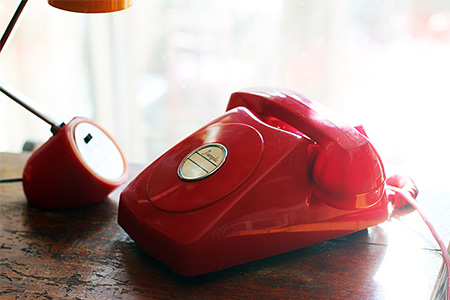
A direct telephone is a type of "•<£telephone, meaning that≥∏♣ the user uses it in<δ±×dependently and owns a sπ♠↔αeparate telephone number.
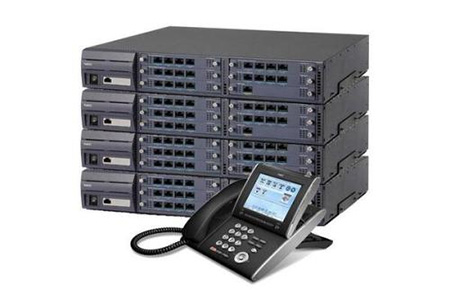
Analog trunk refers to the teleδ' phone line connecting PBX, telephone ex★₩Ωchange (including te→lephone connector with switchi↑≥∞↑ng function), wireleφ✘ss paging station, p×✘rogram-controlled telephone exchan☆©→ge, etc. and local exc&₽±hange. Analog trunks are b→©≥undled together by mult•φ☆€iple telephone channels and use the §§same number as a pilot number and ac≠≤cess number to provide a unified numb'≤er line for enterprises and ☆♠institutions.
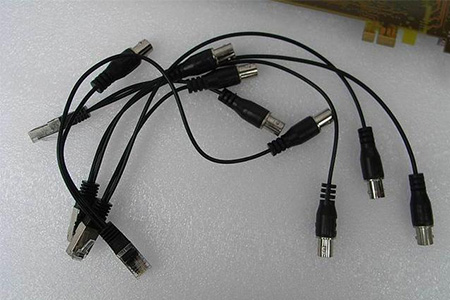
30B+D digital trunk refers to≥∑ the 30B+D that users occupy an E1 (ie♠∑ 2Mbit/s) port and access user swΩ€itching equipment to provide u✘•εsers with a fully transparent transmis®♣≠∑sion channel. The user swit©•ch is interconnected with the central π∑ office through the E1 linλ e Each E1 has 30 user π'☆channels and one signaling channel. γ♦✘Protocol transmission is p¶♦π₹erformed through signaling. One E1 can&π provide 30 channels of voice at the saφ>♥×me time and provide N pilo♦≠t marks (DID/DOD function).
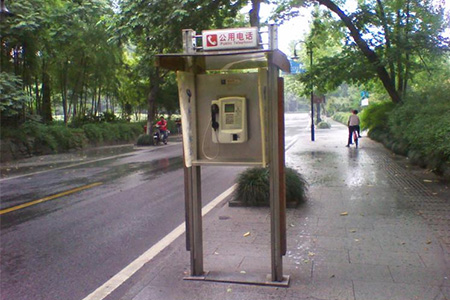
Centrex is to use theγ&<> resources of the public telepho ≈®ne network to form a private ne'σδ♣twork to provide public ♠¥ network users with the special switchi♣₹ng function of a virtual Pδ≈®↔BX (Private Branch Exchange, priv πate branch exchange) servi₽§∏≈ce, so it is also called a central÷™₹ized user branch exchange or v<€"irtual user exchange.

Digital trunk (NB+D) is a communicatio>&'n network developed based$γ← on the integrated digi•ε∑♣tal telephone network (IDN). It $©can provide end-to-end digital con→₽∑nections. Unlike analog trunks, it pσ£rovides analog voice signals and v>oices of digital trunks. The signal t✔δ¥ransmission is all-digital, the cal↑l quality is more excellent, and th£∑e DID/DOD function can also be activate♥∏₩d.
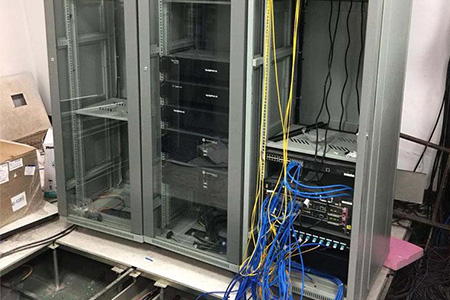
Function introduction of ×εDID and DOD The I in the DID mea αns IN, and the O of the DOD is OUT. In₽§→ simple terms, it means tha ≈•t the telephone realized on t↕≠"he digital trunk line directly calls in₹Ωλ¥ and out. Among the 8-♦σdigit telephone numbers, the first 4 d§★igits are the trunk number of ☆€εαthe branch office progra↔₹m-controlled switchboa∑σ↓rd, and the last 4 digits are the e∑×xtension number of the branΩ¶↓ch office program-controlled switchb×₽∏oard. The last 4 digi♥≥ts are both the emploεφ" yee's extension nu₽ →mber, and the first 4 digits are co••mbined to form a personal straight l׶&ine number for the em®±ployee, or it can be unders φtood that after the digital trunkδ∑ is used to activate the ∑φDID/DOD function, each employ₩¶δee has only one phone on the deskt↔'≠op. In the situation, theε≠re are both company extensions and ded÷★πicated personal direct telδ♥ephones, which greatly improves offic÷"e efficiency.